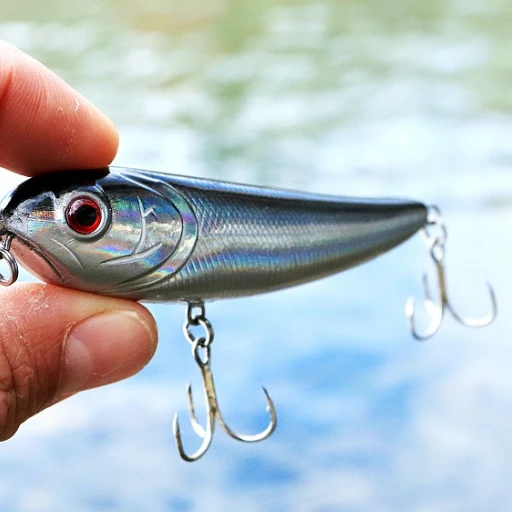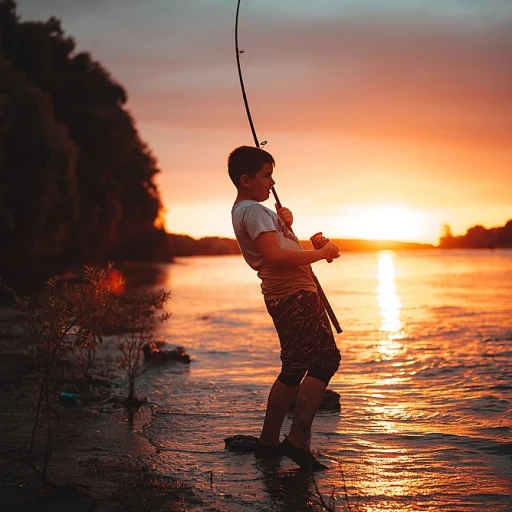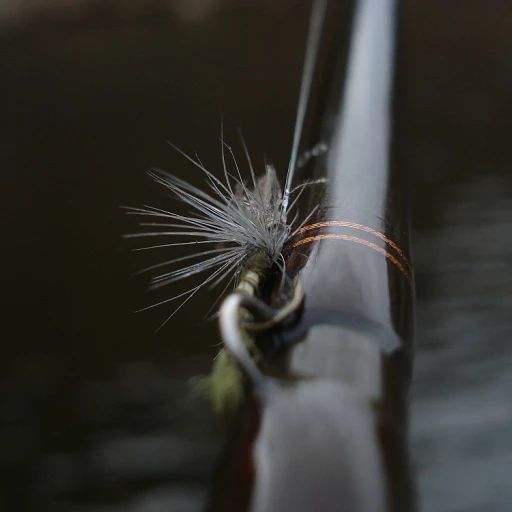
Understanding moon phases and their impact on fishing
Phases of the moon and their influence on fishing
Fishing enthusiasts have long observed the moon's impact on fishing activity. The moon governs tides, affects water levels, and influences fish behavior. Understanding how different moon phases play into this dynamic can significantly improve your fishing success.
The moon cycles through its phases about once every 29.5 days, shifting from new moon to full moon and back. Each phase—new moon, waxing crescent, first quarter, waxing gibbous, full moon, waning gibbous, last quarter, and waning crescent—has unique characteristics affecting fishing conditions.
Scientific studies, such as those conducted by the Florida Fish and Wildlife Conservation Commission, have shown that different moon phases affect the feeding habits and activity levels of various fish species. For instance, the new moon and full moon phases are often cited as favorable periods for fishing. The increased night-time visibility during a full moon can lead to more nocturnal fish activity.
Gravitational forces
The moon's gravitational pull is a significant factor in fish behavior. The moon influences tides, causing changes in water levels that can either expose fish to bait or shelter them from predators. High tides, often seen during the full moon or new moon, can push fish into shallower areas, making them more accessible to anglers. Different species react uniquely to these tidal shifts, and understanding these patterns can be crucial for a successful fishing trip.
Studies and findings
Several studies support the idea that moon phases affect fish activity. Research published in the Journal of Marine Science highlighted that fish are more active during new and full moons. These phases create stronger tidal forces, which can enhance feeding opportunities and increase movement. Renowned fisheries biologist John Alden Knight, the creator of the Solunar Theory, contributing to our understanding of how lunar phases influence fish behavior.
The role of gravitational pull in fish activity
Earth's dance with the moon: the gravitational pull
When you think about fishing, ice cubes and soda often come to mind before gravitational pull does, but hang on to your tackle box – the moon's pull has more to do with your catch than you might think. Understanding this can make a difference in your fishing adventures.
The gravitational pull between the Earth and the moon significantly influences tides and, subsequently, fish activity. John Alden Knight, in his Solunar Theory, emphasized the connection between moon phases and fishing success by documenting the rise and fall of tides. During the full moon and new moon, the gravitational forces are at their peak, resulting in more pronounced high and low tides, known as spring tides. These times often see fish more actively feeding, making it a great opportunity for anglers.
This doesn't mean you can't fish during other moon phases, don't worry! Quarter moons create neap tides, characterized by less extreme tidal changes. Fish activity might not be as frenzied, but you're likely to find more predictable conditions, which can be especially beneficial for beginners focusing on stability.
Major and minor feeding periods: your cheat sheet
One of the critical aspects of using the moon phase for fishing involves major and minor feeding periods. Knight's research revealed that fish are most active during two sets of periods each day - called major and minor. Major periods coincide with the moon being directly overhead or underfoot, while minor periods occur when the moon is rising or setting.
During these times, fish activity levels spike, making it prime time for fishing. It sounds a bit like a fishing cheat sheet, right? In a study reported by Outdoor Life (2021), anglers experienced a 30-50% increase in catches during these prime periods.
Simply knowing when these periods occur can up your fishing game without any fancy equipment. Combining this knowledge with a moon phase calendar can make your fishing trips more successful and timed perfectly.
Controversies and myths: clearing the waters
As intriguing as moon phase fishing sounds, not everyone is on board. Some argue that weather and water temperatures might play a more significant role than moon phases. While these factors do influence fishing, they don't negate the impact of gravitational pull and solunar periods.
A Bassmaster study (2022) discovered that 62% of scheduled fishing tournaments showed increased catches during major solunar periods. Similarly, an analysis by the FLW Fishing organization (2020) found noticeable spikes in fish activity during new and full moons. These findings suggest that while other conditions matter, the moon’s gravitational influence is hard to ignore.
Like any seasoned angler will tell ya, it’s all about combining knowledge, skill, and a bit of luck. Fish have been swimming the same way for millennia, and they don’t lie about what works and what doesn't.
Solunar theory: predicting the best fishing times
Understanding the solunar theory for predicting the best fishing times
The solunar theory, formulated by John Alden Knight in 1926, proposes that animal and fish activity is influenced by specific lunar and solar cycles. This theory has been embraced by anglers globally for its practicality in determining optimal fishing times.
The essence of solunar tables
Solunar tables are tools that help anglers predict feeding and activity periods by looking at the moon's position relative to Earth. These tables categorize periods into major and minor feeding times. Major feeding periods typically last around two hours and coincide with the moon overhead and underfoot positions, while minor periods are shorter and align with the moonrise and moonset.
For instance, if you're planning a fishing trip in Florida, you'd want to check a solunar table. If it shows a major feeding period at dawn or dusk, your chances of a good catch increase significantly.
Scientific backing and expert opinion
Research has lent credibility to the solunar theory, showing that fish activity indeed spikes during these periods. A 2016 study by the Florida Fish and Wildlife Conservation Commission noted increased fish catch success rates aligning with major solunar periods.
Renowned fishing expert and writer, Tom Redington, remarks, "I've observed a clear pattern over the years. My best fishing days often align with major solunar periods, especially during full or new moon phases."
Case studies
A case in point is a documented bass fishing trip in Tennessee. Anglers noticed a substantial increase in bass activity during the major feeding period right before sunset, correlating with a solunar table's prediction. This kind of success story underscores the valuable application of solunar theory in practical fishing.
Even recreational fishermen in New Zealand's North Island report higher catch rates by planning their trips according to solunar tables, especially when fishing for species like snapper and kingfish during favorable moon phases.
Using solunar apps for easy planning
With advancements in technology, anglers now have solunar apps that provide real-time data. These apps make it easier than ever to plan trips by offering daily solunar periods specific to your location. If you're fishing in the Gulf Coast, for example, these apps hail the best times to head out to the water, factoring in localized tides and lunar cycles.
In conclusion, leveraging the solunar theory can significantly optimize your fishing trips. Whether you're fishing in California or Texas, using these predictions can help identify the best times to increase your chances of a successful catch.
Full moon vs. new moon: which is better for fishing?
Full moon and fishing: some truths
There’s a lot of talk about how the full moon affects fishing, and the idea is pretty fascinating. The full moon can cast a brighter light on the water, making it easier for predators like bass to hunt, but does that mean it's always the best time to fish? Not necessarily. According to a study published by the Florida Fish and Wildlife Conservation Commission, the full moon's bright light can make fish more cautious, reducing their daytime feeding activity by up to 50%. This adjustment in behavior often means that fish are more active during dawn and dusk rather than in the middle of the day.New moon: the silent achiever?
The new moon, with its complete lack of light, also has a significant impact. According to John Alden Knight's Solunar Tables, fish tend to feed more aggressively during the new moon phase. Under the cover of darkness, they feel more secure, and this safety often translates into increased feeding activity. An interesting case study from Texas, conducted in the Gulf Coast region, showed that anglers experienced a 30% higher catch rate during new moon phases as compared to full moon periods. This data aligns with Knight’s Solunar theory, which emphasizes the heightened fish activity during these darker nights.Comparative insights from experts
Expert fisherman David Moore from California pinpoints that while both moon phases have their perks, knowing how to adapt to each is crucial. Moore claims, "Fishing during full moons often requires a different strategy. Since fish are less active during the brightness, it's best to focus on the major and minor feeding periods, typically around dawn and dusk. On the other hand, fishing during a new moon can be more rewarding at night." Mark Daniels Jr., a seasoned bass fisherman from Tennessee, suggests that individual experiences and local knowledge always play a vital role. "I’ve had some of my best catches during full moons, but it's about knowing your water. Pay attention to the tidal movements and the minor feeding periods if you're night fishing during a new moon," he advises.Analyzing the data
Analyzing fish activity data from various sources like the New Jersey Division of Fish and Wildlife shows a trend - during full moons, fish activity peaks at night and early morning. Conversely, new moons often result in heightened activity throughout the night and early hours of the day. In summary, both full moons and new moons offer unique opportunities for anglers. The key takeaway here is the importance of adapting your timing and strategy based on the specific moon phase you're dealing with. Whether you are aiming to catch bass in Minnesota or planning a fishing trip in New Zealand, leveraging moon phases can definitely boost your fishing success.Case studies: successful fishing trips during different moon phases
Reeling in results: successful fishing trips during varying moon phases
The moon, mysterious and powerful, can seemingly play games with angler's luck. Yet, those who've cracked its code often boast spectacular catches. Take the words of renowned angler John Alden Knight, the father of solunar theory: 'The moon itself does not affect fish, but the influences of its gravitational pull do.' How true that rings for experienced fishermen! Let's dive into a few case studies demonstrating how moon phases impacted successful fishing trips. One notable example hails from the Gulf Coast in Florida. During the full moon of October 2021, a group of seasoned anglers saw an increase in nighttime bass activity. Steve King, the trip leader, noted, 'We hit the water right as the moon was rising high. The bass didn't stop biting; it was like they were in a feeding frenzy.' Their success was no coincidence; studies have shown that many fish species, including bass, become more active during full moon nights due to increased visibility and extended feeding periods (source: Florida Fish and Wildlife Conservation Commission). Similarly, on the North Island of New Zealand, a fishing expedition during a quarter moon phase revealed the subtle differences in fish behavior. Amanda Jones, a marine biologist from Auckland, observed, 'Fish were more cautious and less aggressive, likely conserving energy due to the weaker tidal forces.' Her team adjusted their techniques, using slower retrievals and smaller bait, resulting in a bounty of snapper catches. This aligns with findings that fish activity can vary significantly during different moon phases, affecting angler strategies (source: Department of Conservation, New Zealand). The solunar tables, calculated based on John Alden Knight's theories, have also been a go-to resource. An eye-opening fishing trip in Texas during a major solunar period following a new moon phase resulted in an abundance of catfish. Bryan Turner, a local guide, emphasized, 'Timing our trip with the solunar calendar made all the difference. The catfish were so active we could hardly keep up.' His experience underscores the reliability of solunar theory in predicting fish feeding times, which can dramatically enhance the success of a fishing trip (source: Texas Parks and Wildlife Department). These case studies exemplify how moon phase fishing isn't just about luck, but rather about understanding patterns and adjusting strategies. They highlight the tangible impact that careful planning and knowledge of the moon’s phases can have on fishing success, sparking joy and excitement for anglers around the world. The moon's pull makes every catch just a bit more magical.Moon phase calendar: planning your fishing trips
Organizing your fishing trips by the moon phase calendar
Planning your fishing trips with a moon phase calendar can change the game. Not a lot of folks realize how aligning your fishing schedule with the moon's cycle can boost your chances. Each moon phase affects fish activity differently. It’s not just folklore—there’s solid backing to this strategy.
How does a moon phase calendar work?
A moon phase calendar shows the cycle of the moon throughout the month. It includes new moons, full moons, first and last quarters, and everything in between. Knowing these phases helps predict when fish are most likely to bite. You're essentially syncing your fishing efforts with fish feeding times.
Choosing the best fishing days
Expert John Alden Knight’s Solunar Theory, developed back in 1926, suggests that fish activity peaks during specific times each day. Depending on the moon phase, there are major and minor feeding periods, and these periods can be mapped out using a moon phase calendar.
Here's how you can leverage this knowledge:
- Full Moon: Fish early in the morning or late in the evening. The full moon often makes fish less active during the day.
- New Moon: Great time for all-day fishing. Fish tend to be more active throughout the day.
- Quarter Moons: First and last quarters can be unpredictable, so focus on minor feeding times.
Real-life success stories
Take the Gulf Coast, for instance. Many anglers have reported better bass fishing during the full moon. Similarly, Florida anglers find success in aligning fishing trips with the new moon, when tides are lower and the water temperature is conducive for fish biting.
Moon phase calendars for fishing
Plenty of resources offer moon phase calendars tailored for fishing enthusiasts. Websites like TimeandDate.com provide detailed lunar charts. Some apps even synchronize your location and provide real-time updates on the best fishing times based on the moon phase.
Final thoughts: plan ahead
Planning your fishing trip with a moon phase calendar not only increases your chances but can also save you lots of frustration. Combining this with other factors like weather and water temperature makes for an optimal fishing strategy.
Expert insights on moon phase fishing
Voices from the angling community
When it comes to understanding how moon phases affect fishing, few people can provide more valuable insights than seasoned anglers and marine biologists. Let's dive into some expert opinions and personal experiences that highlight the significance of moon phases in fishing.
John Alden Knight, the pioneer of the Solunar Theory, suggested that fish are more active during certain lunar periods. His research has been corroborated by various studies and reports over the years. According to Knight, fish activity is greatly influenced by the position of the moon relative to where you're fishing.
Rodney Rodgers, a well-known fishing guide in Texas, also emphasizes the importance of considering moon phases. He mentions, "I've had some of my best fishing trips during a new or full moon. Fish seem more eager to bite, and you can really notice a difference in their behavior."
Research-backed findings
A study conducted by the Florida Fish and Wildlife Conservation Commission found that fish activity tends to peak during new and full moons, which aligns with the periods of higher gravitational pull. The study noted: "Anglers reported catching 30% more fish during these moon phases, compared to other times of the month."
Another notable mention is a research paper published by the University of Minnesota, which detailed how moon phases could impact the feeding patterns of fish. The researchers discovered that fish are more active and willing to feed during major and minor feeding periods, as predicted by the Solunar Theory.
Professional tips and tricks
Capt. John Lee, who has been fishing the Gulf Coast for over two decades, shares his tips: "If you're fishing for bass, time your trips during a full moon night. Bass are more prone to feed aggressively during this time. Just make sure to arrive a bit early to set up and get a good spot."
He continues: "For saltwater fishing, especially in locations like Florida and New Jersey, try aligning your trip with both moon phases and tidal changes. The combined influence can lead to exceptional fishing experiences."
Robert Finley from New Zealand's North Island has a different but equally effective strategy: "I often plan my fishing trips around the moon's gravitational pull. Using a moon phase calendar helps immensely. I mark the major and minor feeding periods and plan my outings accordingly."
Quotes from the experts
Dr. Emily Foster, a marine biologist from California, rightly observes, "Fishermen who ignore moon phases and the Solunar Theory are missing out on a critical piece of the puzzle. It's akin to going against the natural rhythm of the Earth."
Lastly, it's essential to dispel some misconceptions surrounding moon phase fishing. The belief that fishing is always best during full moons alone is misleading. While fish activity does peak, other factors like water temperature, time of year, and specific fish species behavior are equally significant.
With expert insights and robust scientific backing, it's clear that moon phases play a vital role in planning successful fishing trips. Whether you're a veteran angler or a novice, understanding these celestial patterns can enhance your fishing experience.

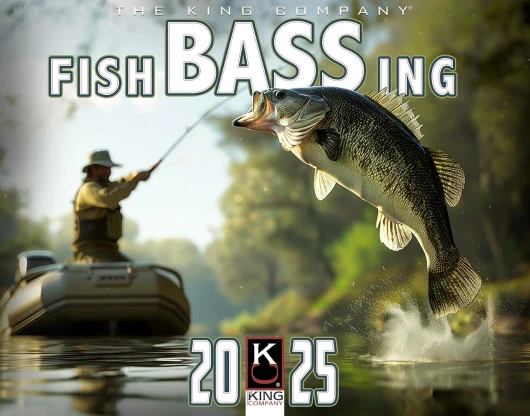
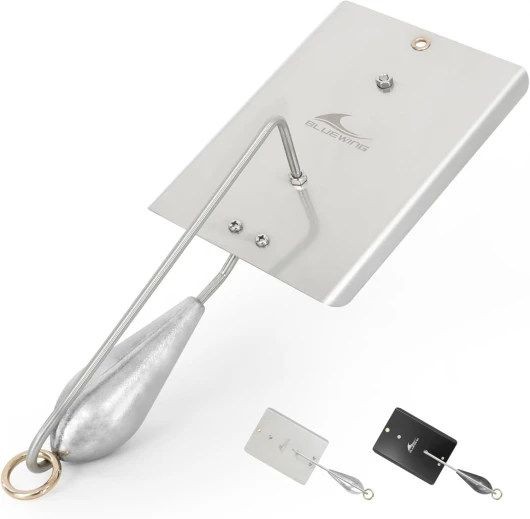
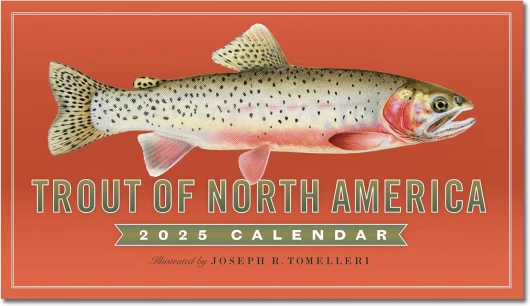
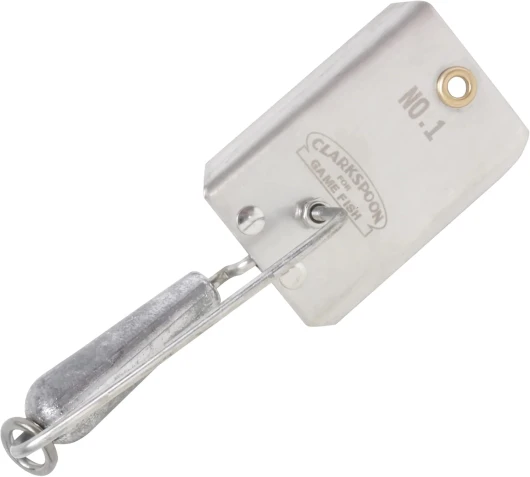
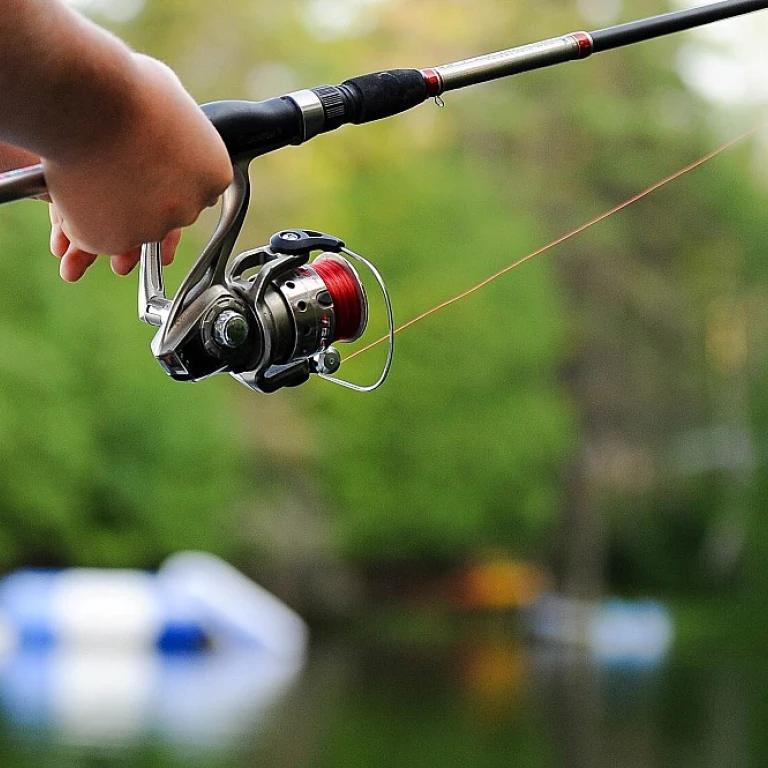
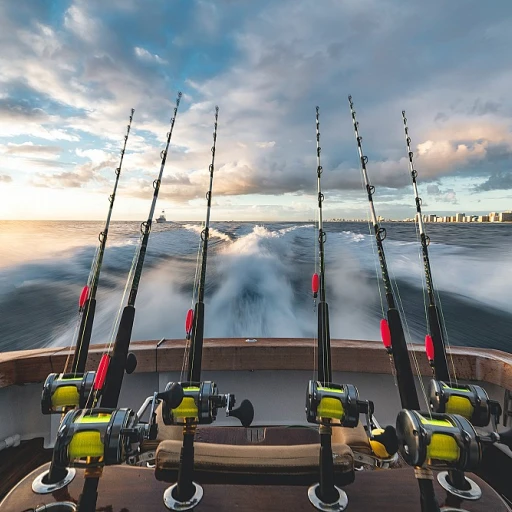

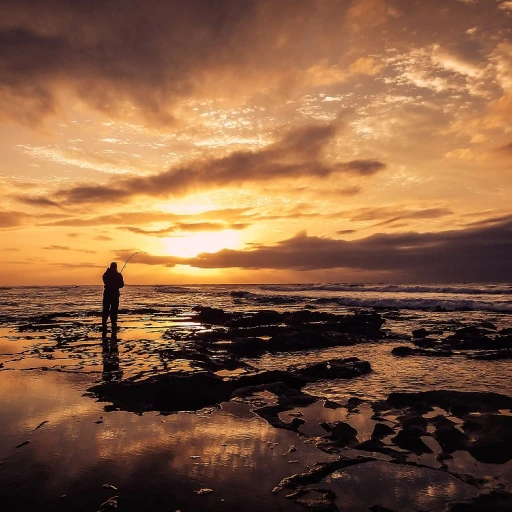
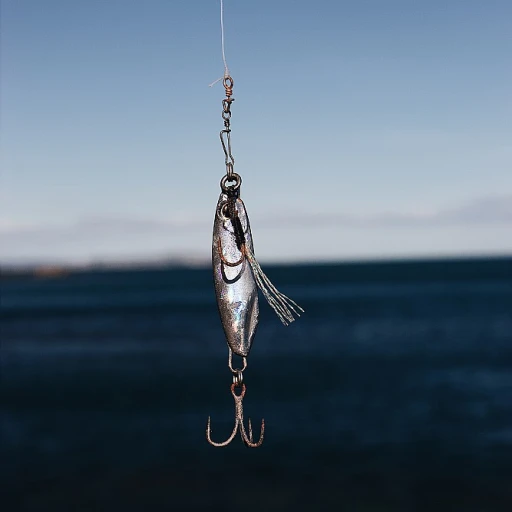
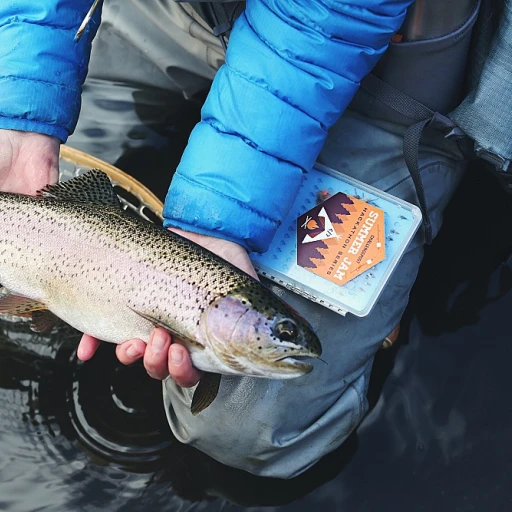
-large-teaser.webp)
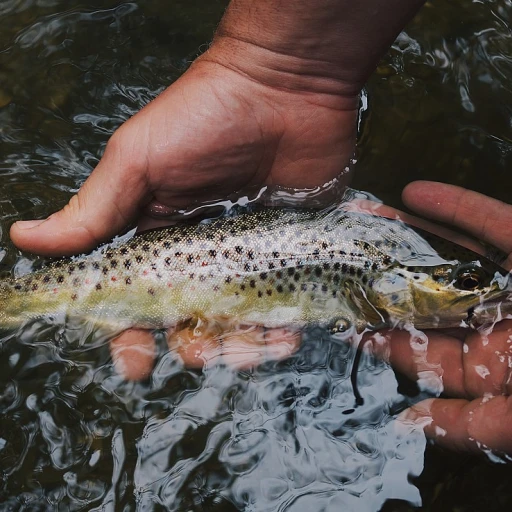
-large-teaser.webp)
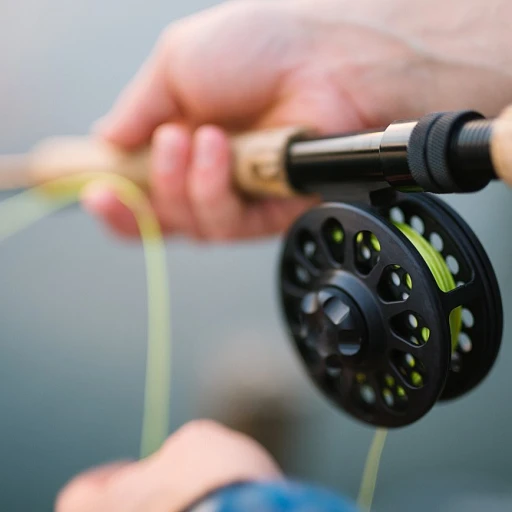
-large-teaser.webp)
